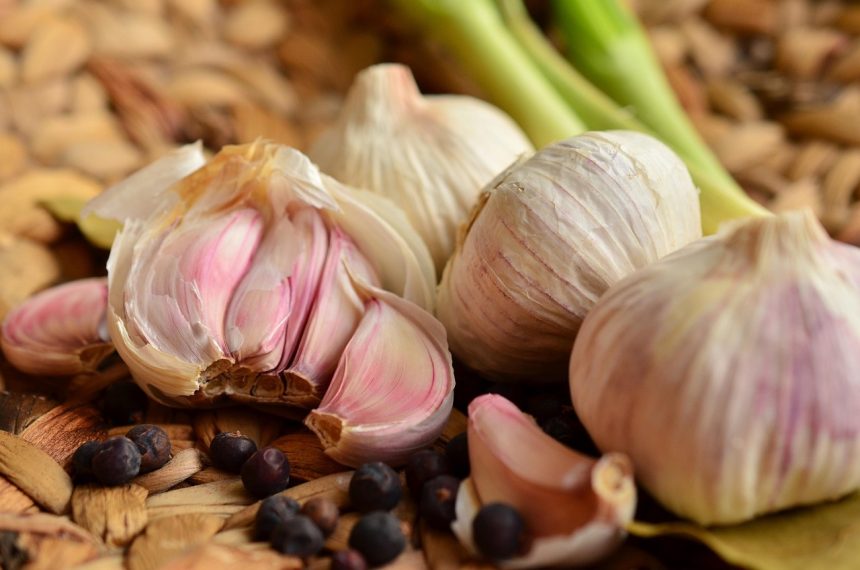Have you ever thought of growing your own garlic? In the face of rising prices, the need to grow our own has never been greater. As many of us don’t have an allotment or large gardens though, garlic and vibrant herbs still seem easy to grow in pots outside or on sunny windowsills inside. This means that we can easily add these lively, delicious, nutritious, health- and nature-friendly little powerhouses to our meals, smoothies, soups, sauces and stews at very low cost.
These energetic easy-grow herbs are nature-friendly too – as pointed out by The Soil Association – as bees love bronze fennel, chives, garlic, basil, camomile, lemon balm and mint. If you are wondering how to grow your own, see the Soil Association’s article on the top 5 Best Bee-friendly flowers & herbs which can be grown in borders, pots or on sunny windowsills or simply buy them – ideally organic – ready-potted from supermarkets and plant centres.
For even greater no/low costs, there’s also a really clear video, again from the Soil Association, on How to grow herbs from cuttings with rosemary.
Easy-peasy garlic
Finally to cheeky garlic, a key, pulsating vegetable in many healthy ways and one of the easiest to grow at home too. With love, sun and good soil in the garden or in a pot, each clove of garlic will normally grow into a head of garlic to harvest a few months later. Find out everything you need to know in BBC Gardeners World Magazine’s How To Grow Garlic; the instructions can be summed up as: plant cloves about 5cm deep in the autumn/winter, let it get cold over the winter (low temperatures are required to trigger growth), keep it moist in the spring/summer in a sunny position, keenly watch it grow and harvest it in July/August. As they say on the page:
It’s easy to think of garlic as a Mediterranean plant and therefore a tender crop that needs lots of warmth to grow well. However, if you choose a good variety and give it the right conditions, you can produce a decent crop no matter where you live in the UK.


